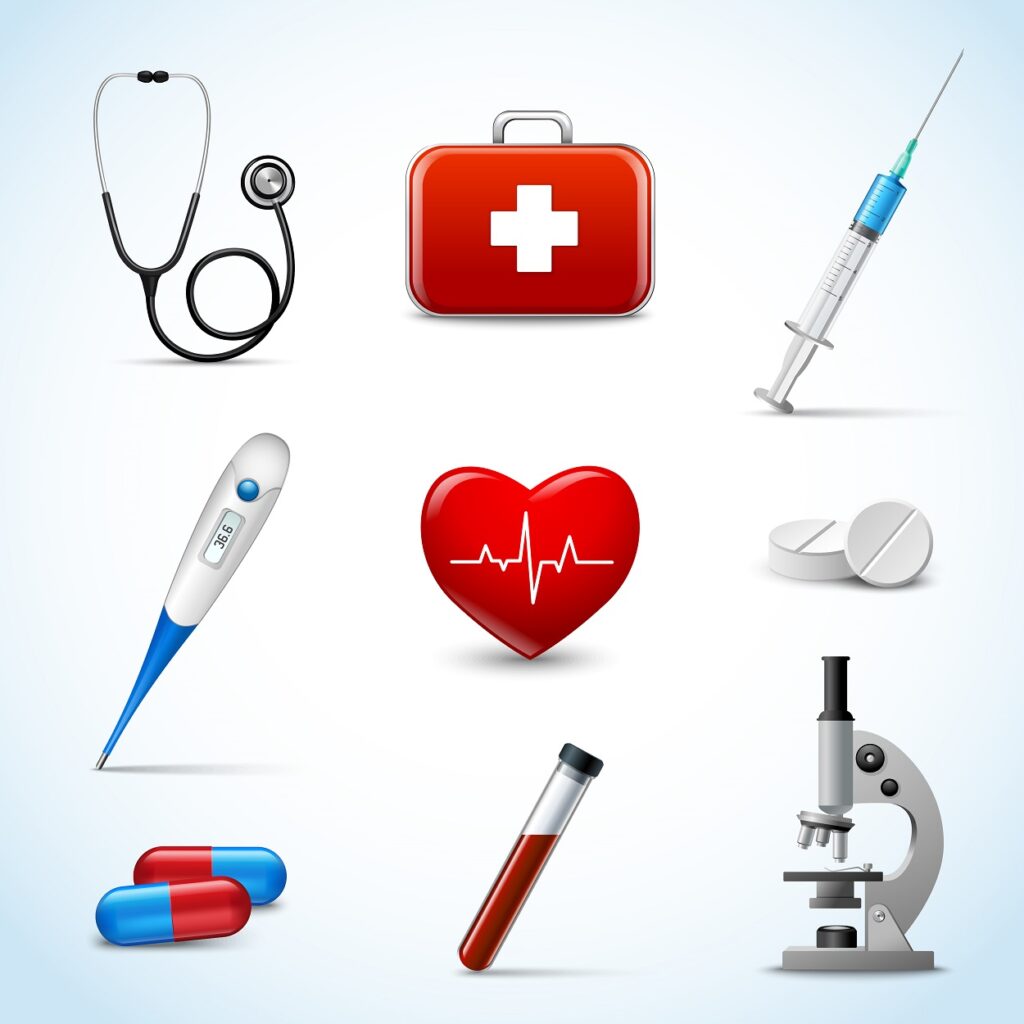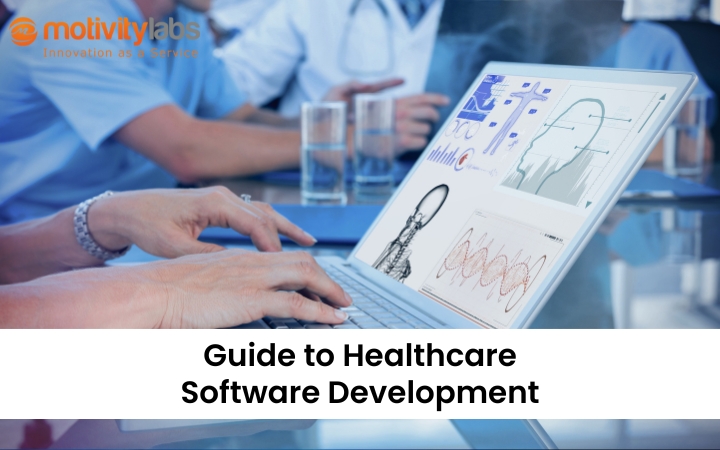Machine learning in healthcare is becoming a widely used technology nowadays. With advancements in deep learning and neural networks, this machine learning is only imperative. It is a subset of AI, not only is there to stay but also transforming healthcare in an immense manner the world has never seen before. In today’s world there are new ailments, new viruses, and new diseases found every day. It is challenging for doctors around the world to diagnose patients and arrive at a treatment plan, in time! Time is of the utmost important factor which unfortunately most patients do not have. Using software solutions for healthcare can help save their lives and also takes away the immense pressure the doctors face.
Benefits of Machine Learning in Healthcare
Valuable Insights
Electronic Health Records EHRs provide doctors with valuable insights into the patients’ basic health data and history of the illness. This information can become huge which a doctor cannot process, especially in the brief timeframe they have with the patient. With the use of machine learning in medicine, the huge EHR data can be converted into actionable data. This can provide valuable insights during the decision-making that can help both the patient and the doctor.
Faster Results
Software solutions in healthcare can bring in the results of diagnoses much faster, faster than its human counterpart! This transforming healthcare saves a lot of time for the doctor as he can start the treatment much earlier.
Eliminate Human Errors
Artificial intelligence and Machine learning in healthcare can eliminate some of the errors that humans make which may prove fatal to patients. Process automation tasks, especially are the ones that can be benefitted from using machine learning techniques as these monotonous tasks are the ones where humans make errors due to oversight, exhaustion, and, often carelessness.
Applications of Machine Learning in the Healthcare Industry
1. Diagnosis
Machine learning in healthcare can eliminate some of the errors that humans make which may prove fatal to patients. Process automation tasks, especially are the ones that can be benefitted from using machine learning techniques as these monotonous tasks are the ones where humans make errors due to oversight, exhaustion, and, often carelessness.


2. Image Analysis
Studying CT scan images and X-ray charts is a tedious task for radiologists. As the technicians analyzing these analog images have to rely on their skills alone, they are even prone to wrong diagnoses. Transforming healthcare through Digitization of the medical images has helped to achieve more accurate analyses and when combined with machine learning capabilities, the diagnoses are more accurate than humans.
3. Disease Prediction & Treatment
Identifying deadly and dangerous diseases during the early stages can help treat the patients successfully. Machine learning in healthcare can be used to identify correlations between various patients with the same symptoms, can forecast all the possible outcomes, and can identify underlying patterns that can turn into the disease at a later date. These predictions can help doctors approach preventive medicine which can either delay the onset of the disease or prevent it.


4. Drug Discovery
Deep learning can generate new chemical structures which can help discover new drugs. Machine learning can be used to analyze an already existing drug that is being used to kill a virus and can produce a similar component that can fight a similar virus. Also, this approach can further be used to develop personalized drugs for patients with symptoms that are not common by adopting nanotechnology into ML and DL.
5. Drug Trials
Pharmaceutical companies across the world face many challenges in bringing a new drug to the market. This is because of the lengthy trials they had to perform to declare a drug safe for consumption. This process is both costly and time-consuming. Especially, in the case of worldwide pandemics like COVID-19, the vaccine has to be produced at the earliest lest the loss of life will be huge. Fortunately, artificial intelligence and machine learning help the drug trials immensely by speeding up the process by identifying the best samples for the trial, gathering and analyzing more data from the trial groups, and minimizing errors in the data
. Applying machine learning in medicine will accelerate the production of new drugs that can save many lives.


6. Outbreak Prediction
Epidemics and pandemics can wreak havoc and can cripple the economy as is evident from the recent pandemic COVID-19. The multitude of these outbreaks can be decreased if we have a prediction of the outbreak wherein the prediction helps control the outbreak. Machine learning in medicine can now make it possible to predict any outbreak anywhere in the world. The machine learning algorithms use various inputs such as news, media reports, satellite data, and other video sources to predict the reach of the outbreak and its potentiality to turn into an epidemic or even a pandemic and can contain them in time!
7. Robotic Surgeries
Robotic surgeries are the surgeries that assist the surgeons in performing various surgeries more precisely and enhancing the surgeon’s capabilities. It allow surgeons to operate in hard-to-reach areas through small incisions. All surgical procedures require great precision, quick thinking based on the changing scenarios in the operation theatre, and a steady approach throughout the surgery. Artificial intelligence and Machine learning in healthcare can provide such qualities through Robotic surgeries which assist doctors in various surgeries like coronary artery bypass, hip replacement surgery, hysterectomy, kidney transplant, and gallbladder removal.
Where precise movements and enhanced magnification are required, Robotic surgeries are frequently used in procedures. And the advantages include greater precision, better visualization, and the ability to perform the surgery inside the body. All these help patients to have shorter stays at hospitals, less pain during recovery, lower risk of infection, reduced blood loss, and smaller scars.

Internet of Medical Things, IMOT
Machine learning in medicine has led to many useful discoveries. The Internet of Medical Things, IoMT is one of them. IoMT devices assist elderly people, people with low mobility, and people with disabilities in various day-to-day monitoring activities like remote patient monitoring, glucose monitoring, heart rate monitoring, depression, and mood monitoring. All of these help patients to be alert when their readings are in the red zone and provide medical assistance when in need. While these are wearable devices that assist patients. There are some devices like connected inhalers, ingestible sensors, and connected contact lenses that “live” inside the patient to help them in crucial moments.
Record Management
One of the biggest time-consuming activities of a doctor is the medical record-keeping of his patients. With the help of Natural Language Processing NLP, medical professionals can now easily record their clinical notes into the system. The notes are in the form of text which can be used for decision-making and analytics. NLP and Optical Character Recognition OHR, both children of AI and empowered by machine learning. It can be used to convert unstructured data from various Electronic Health Records EHRs into structured. The useful data saving lots of time for the medical professionals. Without having to be worried about tabulations and recordings, we should concentrate more on the patients.
Challenges of Machine Learning in Healthcare Industry
Data Cleansing
The term “Machine Learning” refers to machines learning new things and using that knowledge to solve the problems or issues they face in the future. Hence, what the machine “learns” is very important. If the machine learns from data that is not accurate, it will not perform at its optimal level. Or even, in some cases, may perform negatively. Machine learning algorithms require data that is well structured and homogeneous. Most of the Electronic Health Records (EHRs) out here are not designed uniformly. Therefore cannot be used as data for machine learning algorithms. There needs to be an extensive data cleansing that has to be done before using the same for ML. There should be a standard across the field so that the data for the algorithms can be made available easily for machine learning.
Resistance to View
Resistance is natural when a new change occurs and this applies to the medical field as well. No matter how luring and successful the change may be, there is a general tendency to cling to legacy systems. One reason for this is replacement of a working model with a modern updated system. It requires some extra expenditure and also certain resources. The tools introduced should be easy to use and intuitive for medical professionals to adopt machine learning tools. The ML tool should be easy to learn and handle, only then the tool can successfully cross the “change” barrier.
The above-mentioned challenges are slowly dissipating with more professionals in healthcare embracing the new changes with open arms. As they see the potential advantages offered by machine learning in healthcare. Of all the software solutions for healthcare, AI and ML take the cake. And the future of the medical field is going to see some finest advancements in near future!



